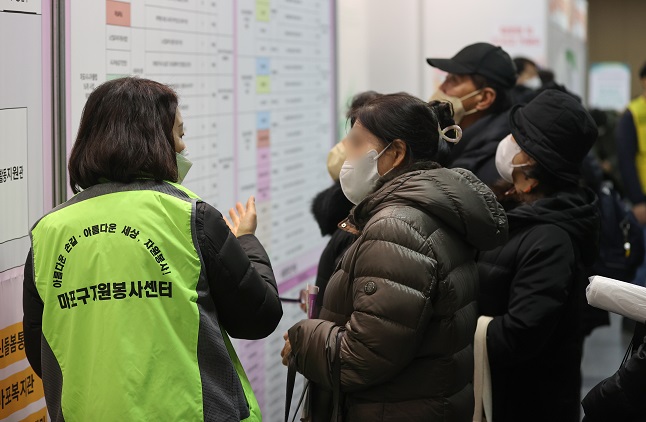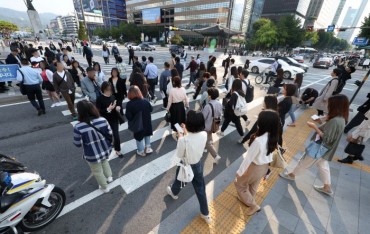SEOUL, July 27 (Korea Bizwire) — South Korea’s total population fell for the second consecutive year in 2022 amid the country’s critically low births, data showed Thursday, with seniors taking up a larger portion of the population.
The country’s total population dropped to 51.69 million in November, down 46,000, or 0.1 percent, from the previous year, according to the 2022 census by Statistics Korea.
In 2021, South Korea experienced the first on-year decline in its population since 1949.
The total population is calculated based on childbirth and death data and cross-border movements of foreigners living in South Korea for more than three months.
The number of foreigners moved up 6.2 percent over the period to reach 1.75 million, indicating the country has become more diverse, although South Korean nationals still took up 96.6 percent.
Asia’s No. 4 economy has been struggling with demographic challenges from a chronically low birthrate and rapid aging.
Many young people delay or give up on getting married or having babies due to the protracted economic slowdown, high housing prices and changing social norms about marriage.
Only 18,988 babies were born in May, down 5.3 percent from the previous year, separate data showed earlier this week.
This figure represents the lowest number for any May since the agency began compiling data in 1981. The number of babies born in South Korea has been falling on-year for 90 consecutive months.
The working-age population, or people aged 15 to 64, reached 36.69 million last year, accounting for 71 percent of the total.
South Koreans aged 65 and above accounted for 18.1 percent of the population, with the ratio marking a sharp rise from just 11.3 percent tallied in 2010.
The senior index, which represents the number of those aged 65 and above per 100 people aged 14 and below, came to 156.1, up 13.1 over the period.
The census also showed that the number of single-member households reached 7.5 million, up 4.7 percent from a year earlier. They accounted for 34.5 percent of the total households, up 1 percentage point over the period.
The number of multicultural households reached 399,000 in 2022, up 14,000 from a year earlier.
(Yonhap)








